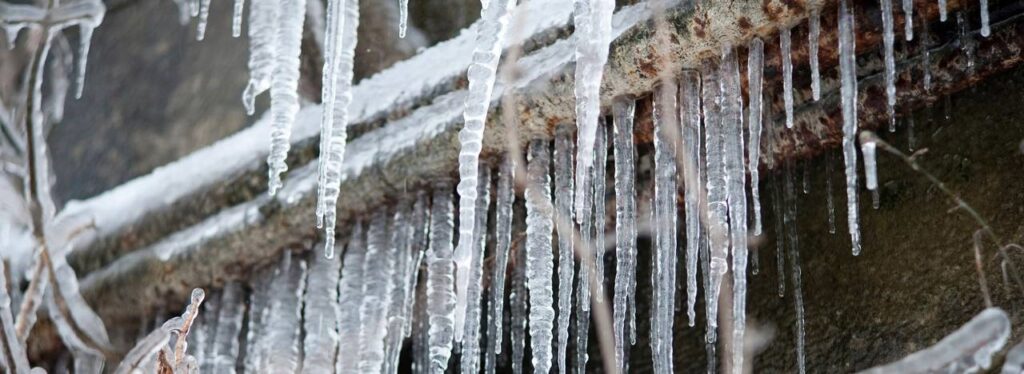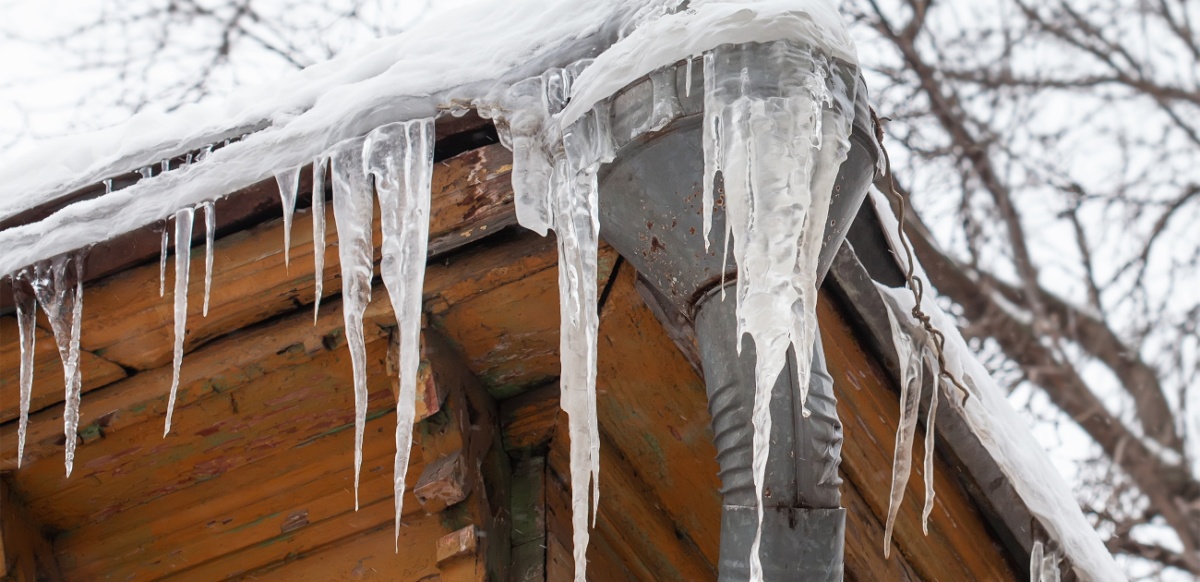Ways to Safeguard Your Pipes from Cold Weather: Professional Guidance
Ways to Safeguard Your Pipes from Cold Weather: Professional Guidance
Blog Article
Just about everyone maintains his or her own conception about Winter Plumbing Precautions: Preventing Frozen Pipes.

Winter can wreak havoc on your pipes, especially by freezing pipes. Here's exactly how to prevent it from taking place and what to do if it does.
Introduction
As temperature levels decline, the threat of frozen pipes increases, possibly resulting in expensive repair services and water damages. Understanding just how to prevent frozen pipes is important for home owners in chilly environments.
Prevention Tips
Protecting susceptible pipes
Cover pipelines in insulation sleeves or make use of heat tape to protect them from freezing temperature levels. Focus on pipelines in unheated or outside areas of the home.
Home heating methods
Keep indoor spaces effectively heated, especially areas with pipes. Open closet doors to enable cozy air to flow around pipelines under sinks.
How to identify icy pipelines
Search for decreased water flow from taps, unusual smells or sounds from pipelines, and visible frost on revealed pipes.
Long-Term Solutions
Architectural changes
Think about rerouting pipelines far from outside walls or unheated areas. Add extra insulation to attic rooms, basements, and crawl spaces.
Updating insulation
Purchase high-grade insulation for pipelines, attic rooms, and wall surfaces. Proper insulation aids maintain consistent temperature levels and decreases the threat of frozen pipelines.
Shielding Outdoor Plumbing
Yard hoses and outdoor faucets
Detach and drain garden hose pipes before winter season. Set up frost-proof faucets or cover outside taps with insulated caps.
Understanding Frozen Pipelines
What causes pipelines to ice up?
Pipes freeze when exposed to temperatures below 32 ° F (0 ° C) for extended durations. As water inside the pipelines ices up, it increases, putting pressure on the pipe walls and possibly triggering them to break.
Dangers and problems
Frozen pipes can cause supply of water disruptions, building damages, and expensive repairs. Ruptured pipes can flooding homes and cause extensive architectural damages.
Indicators of Frozen Pipeline
Determining frozen pipelines early can stop them from rupturing.
What to Do If Your Pipes Freeze
Immediate actions to take
If you suspect frozen pipes, keep taps open up to eliminate stress as the ice melts. Use a hairdryer or towels taken in hot water to thaw pipelines slowly.
Verdict
Avoiding frozen pipelines needs aggressive measures and quick reactions. By recognizing the reasons, signs, and safety nets, homeowners can safeguard their plumbing throughout cold weather.
6 Proven Ways to Prevent Frozen Pipes and Protect Your Home
Disconnect and Drain Garden Hoses
Before winter arrives, start by disconnecting your garden hoses and draining any remaining water. Close the shut-off valves that supply outdoor hose bibs and leave the outdoor faucet open to allow any residual water to drain. For extra protection, consider using faucet covers throughout the colder months. It’s also important to drain water from any sprinkler supply lines following the manufacturer’s directions.
Insulate Exposed Pipes
Insulating your pipes is an effective way to prevent freezing. Pipe insulation is readily available at home improvement stores and is relatively inexpensive. Pay close attention to pipes in unheated areas such as the attic, basement, crawl spaces, or garage. Apply foam insulation generously to create a buffer against the cold. You can also wrap your pipes in heat tape or thermostat-controlled heat cables for added warmth.
Seal Air Leaks
Inspect your home for any cracks or openings that could let in cold air. Seal any holes around the piping in interior or exterior walls, as well as the sill plates where your home rests on its foundation. Additionally, make sure to keep your garage door closed unless you’re entering or exiting. Leaving it open creates a significant air leak that can lead to frozen pipes.
Allow Warm Air Circulation
During cold snaps, it’s essential to allow warm air to circulate evenly throughout your home. Leave interior doors ajar to promote better airflow. Open kitchen and bathroom cabinets to help distribute heat consistently around the rooms. If you have small children or pets, be sure to remove any household chemicals or potentially harmful cleaners from open cabinets for safety.
Let Faucets Drip
A small trickle of water can make a big difference in preventing ice formation inside your pipes. When temperatures drop significantly, start a drip of water from all faucets served by exposed pipes. This continuous flow helps prevent the water from freezing. Additionally, running a few faucets slightly can relieve pressure inside the pipes, reducing the chances of a rupture if the water inside does freeze.
https://choateshvac.com/6-proven-ways-to-prevent-frozen-pipes-and-protect-your-home/

I am very focused on Winter Plumbing Precautions: Preventing Frozen Pipes and I hope you enjoyed reading the new post. I beg you pause to promote this blog posting if you enjoyed it. I take joy in your readership.
Top Article Report this page